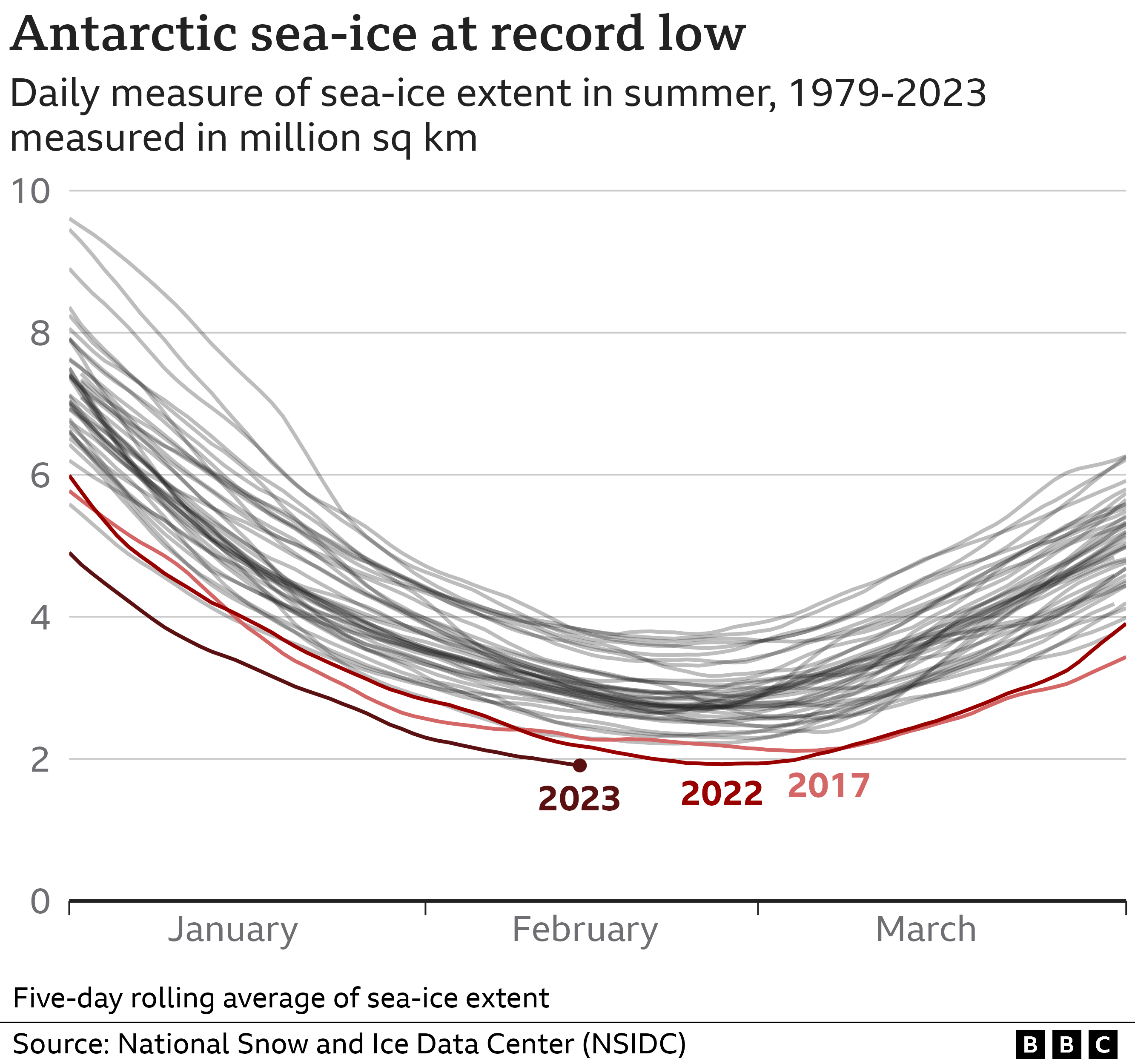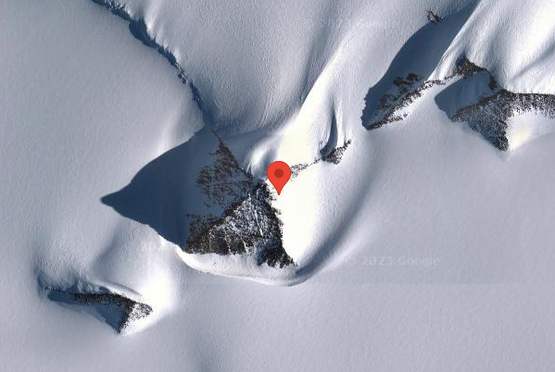ramonmercado
CyberPunk
- Joined
- Aug 19, 2003
- Messages
- 58,255
- Location
- Eblana
They might find more than fish fossils, not a great idea to dig up Antarctic mountains ...
TO FIGURE OUT how and when ancient fish first crawled from the ocean onto land, Neil Shubin is about to head to the mountains of Antarctica. Leaving behind family and friends for the upcoming holidays, he and a team of five other scientists and a mountain guide will be camping at the base of a remote mountain range that was a tropical river delta around 385 million years ago.
Using ropes and climbing gear, the scientists will be scouring cliffs and ridge lines for fossil deposits containing the earliest tetrapods, or four-limbed animals. This is the latest expedition on a fossil-hunting career that has taken Shubin to places as disparate as Ethiopia, West Virginia, and the two poles. To understand better the development of fish into land animals, he has to locate fossils that tell him the speed and direction of evolution. ...
https://www.wired.com/story/fish-le... NL 112518 (1)&utm_medium=email&utm_source=nl
TO FIGURE OUT how and when ancient fish first crawled from the ocean onto land, Neil Shubin is about to head to the mountains of Antarctica. Leaving behind family and friends for the upcoming holidays, he and a team of five other scientists and a mountain guide will be camping at the base of a remote mountain range that was a tropical river delta around 385 million years ago.
Using ropes and climbing gear, the scientists will be scouring cliffs and ridge lines for fossil deposits containing the earliest tetrapods, or four-limbed animals. This is the latest expedition on a fossil-hunting career that has taken Shubin to places as disparate as Ethiopia, West Virginia, and the two poles. To understand better the development of fish into land animals, he has to locate fossils that tell him the speed and direction of evolution. ...
https://www.wired.com/story/fish-le... NL 112518 (1)&utm_medium=email&utm_source=nl



